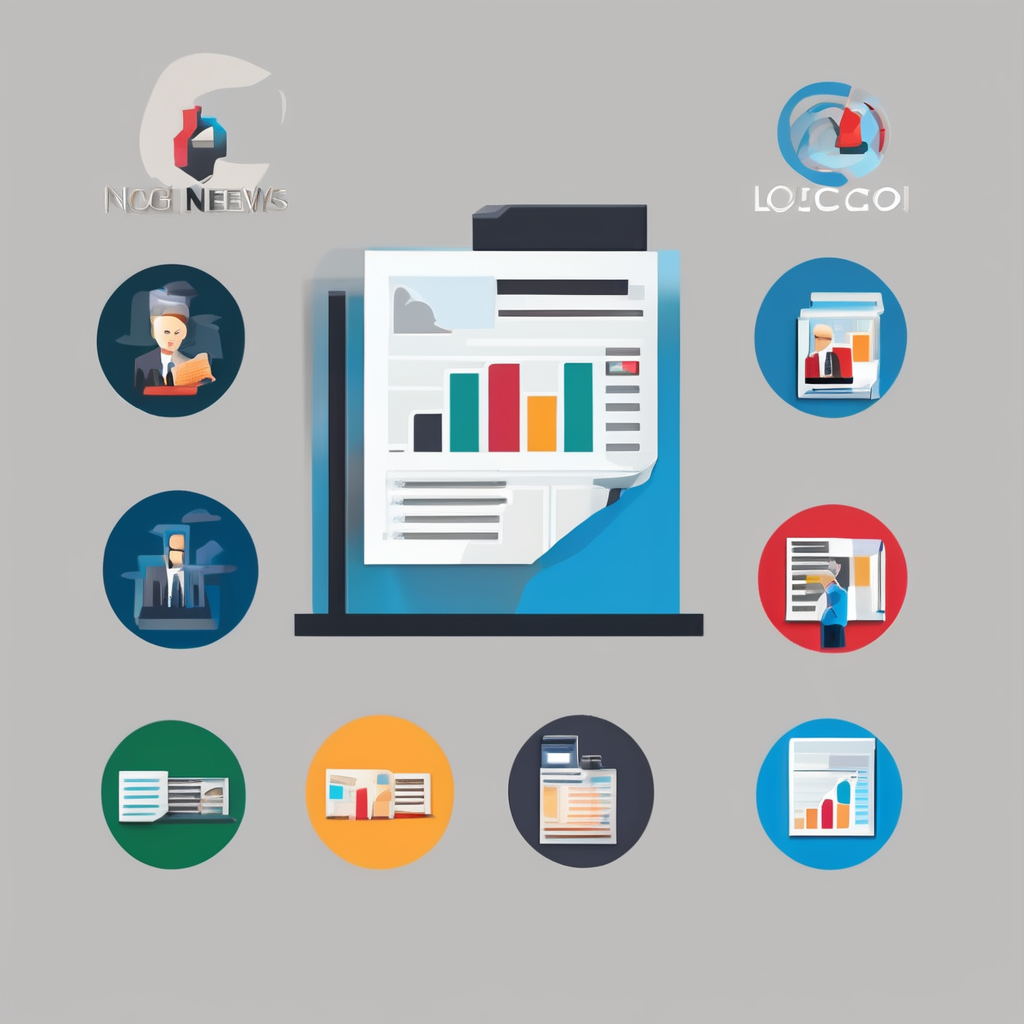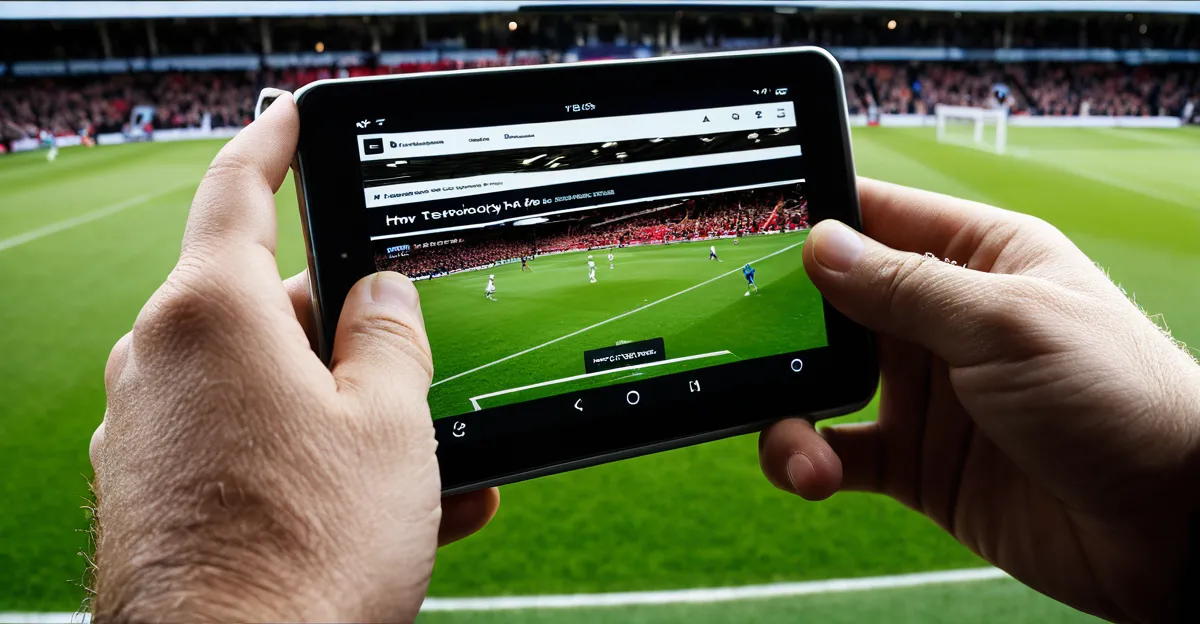Key Technological Advancements Shaping UK Sports
Technology transforming UK athletics
Recent years have witnessed significant sports technology advancements reshaping how UK athletics operate. A cornerstone of this change is the introduction of precision tools like VAR (Video Assistant Referee), goal-line technology, and Hawk-Eye systems. These technologies have enhanced decision-making in football, tennis, and cricket by reducing human error and increasing fairness during matches.
Also to see : What is the impact of sports tourism on the UK’s economy?
Alongside officiating tech, there is rapid growth in performance analytics and sports science applications. Coaches now harness extensive data to tailor training programs, optimize recovery, and minimize injury risks, elevating athlete performance. Wearable technology has further revolutionized the landscape; sensors embedded in smart fabrics and devices continuously monitor vital metrics such as heart rate, speed, and biomechanics, offering real-time insights into athlete health and readiness.
Together, these technologies not only improve competitive outcomes but also prioritize athlete welfare. By integrating monitoring tools with advanced analytics, sports teams and practitioners in the UK lead innovation, ensuring that technology in UK sports drives progress both on and off the field.
Also to see : What Are the Surprising Health Benefits of Popular UK Sports?
Historical Milestones in the Integration of Technology
Steps shaping the evolution of UK sports tech
The history of technology in UK sports is marked by significant milestones that have paved the way for today’s advanced practices. Initially, basic video replay systems were introduced to football matches in the 1960s to assist referee decisions. This foundational step led to the widespread adoption of technologies like VAR (Video Assistant Referee), which officially debuted in English football leagues in the late 2010s, drastically reducing on-field errors.
Concurrently, the technological evolution in British sports witnessed the gradual integration of data analytics in the 2000s, enabling teams to analyze player performance and strategize more effectively. The English Football Association and other UK sporting bodies played a crucial role in endorsing these innovations, ensuring technology in UK sports gained official recognition.
Notable examples include pioneering British teams such as Team GB at the Olympics, which employed wearable sensors and biometric data early on, setting new standards for athlete monitoring. Similarly, cricket embraced Hawk-Eye technology by the early 2000s to track ball trajectories. These historical milestones collectively illustrate how deliberate policy and innovation efforts have driven the steady advancement of sports technology advancements within UK athletics.
Enhancing Athlete Performance and Coaching
Leveraging data and wearables to elevate training and development
Performance analytics has become a cornerstone of athlete development in UK athletics innovation. By analyzing vast datasets, coaches can identify talent more precisely and detect injury risks early. This technology in UK sports informs tailored training regimes that optimize individual potential while reducing downtime due to injuries.
Wearable tech plays a pivotal role in this transformation. Devices equipped with sensors and GPS tracking monitor players’ biometric and movement data in real time. For example, football and rugby teams integrate these technologies to assess endurance, speed, and workload, enabling data-driven decisions on player rotation and intensity management.
Coaching technology UK also benefits from virtual simulations and interactive platforms that provide immediate feedback. These tools allow athletes to refine techniques and tactical understanding in a controlled, repeatable environment. Combined, these advancements demonstrate how sports technology advancements empower coaches with actionable insights while enhancing athlete well-being and performance outcomes.




